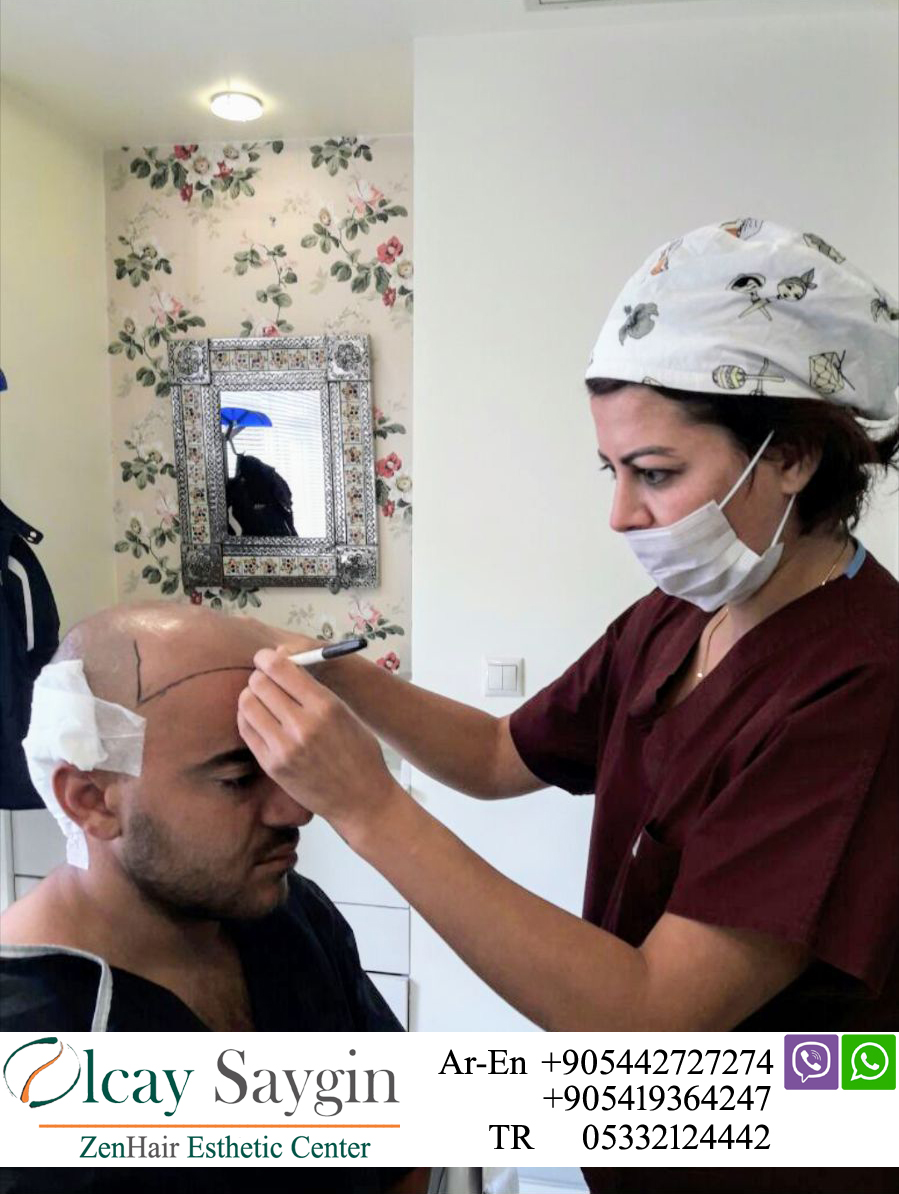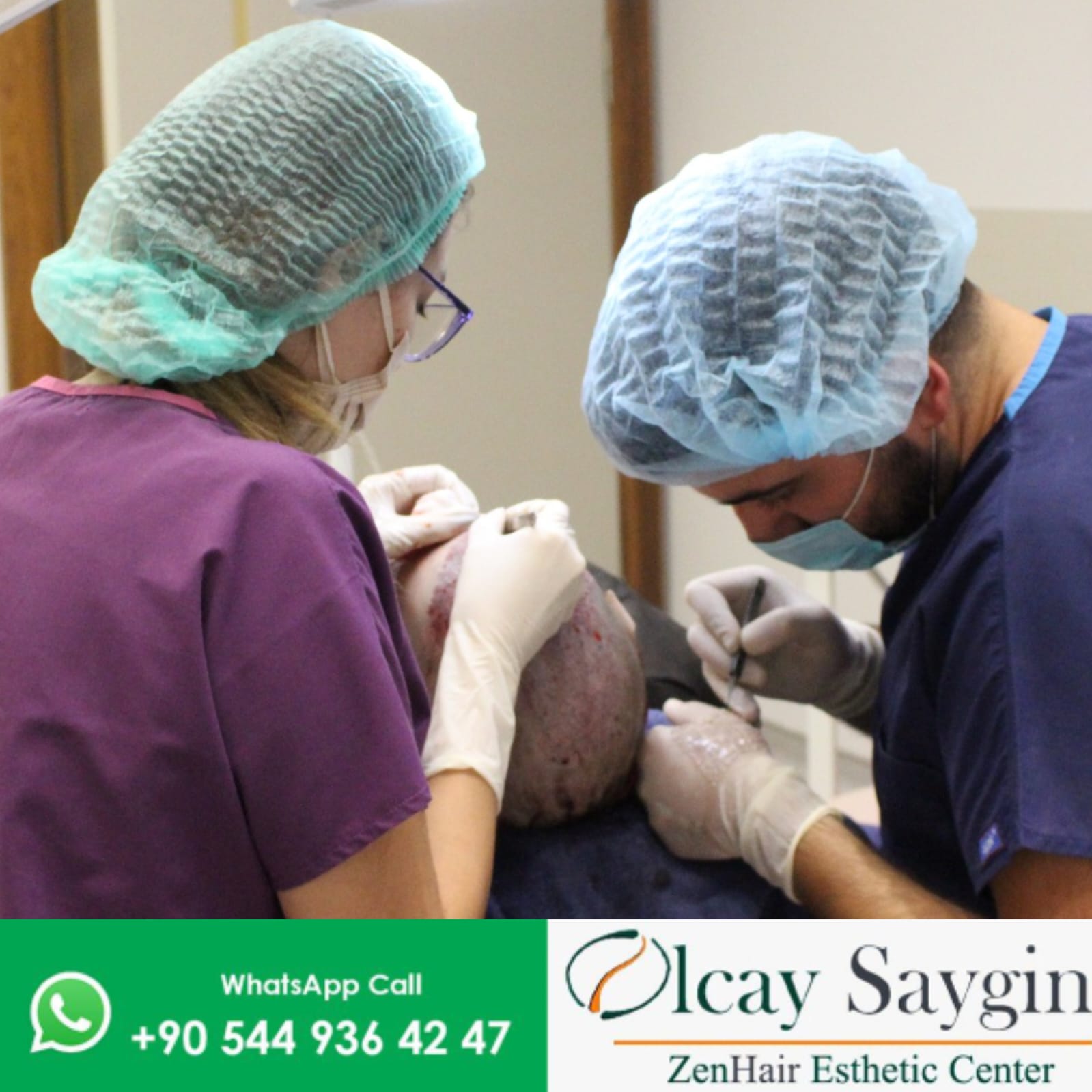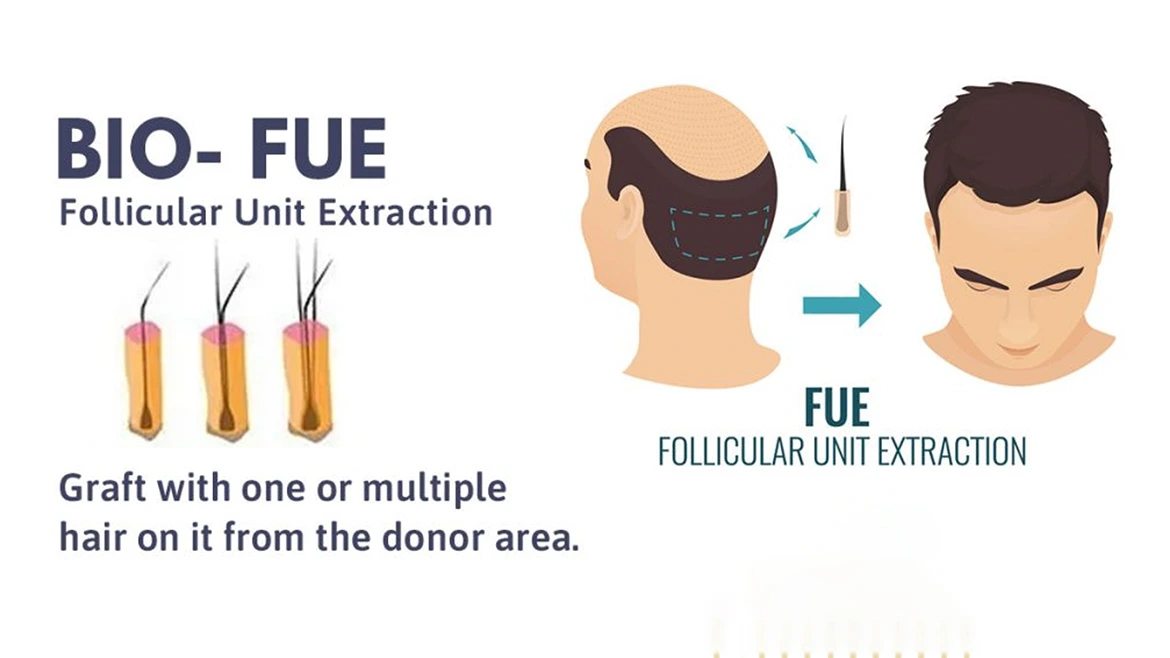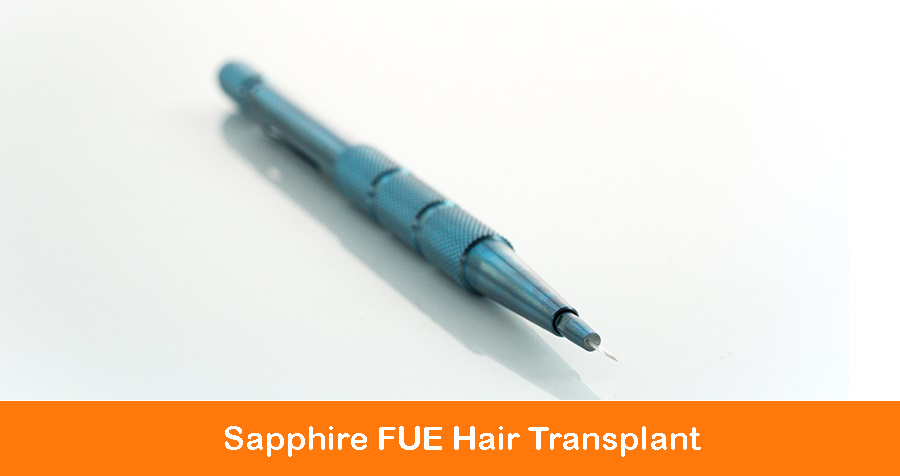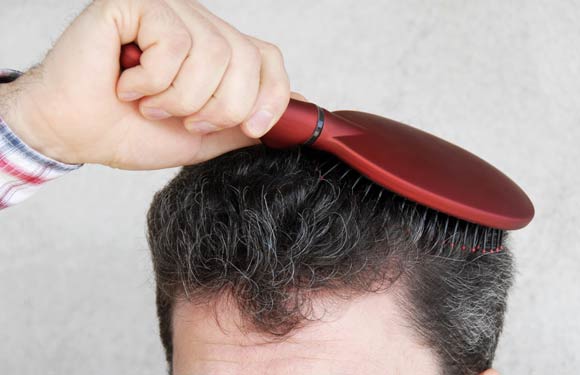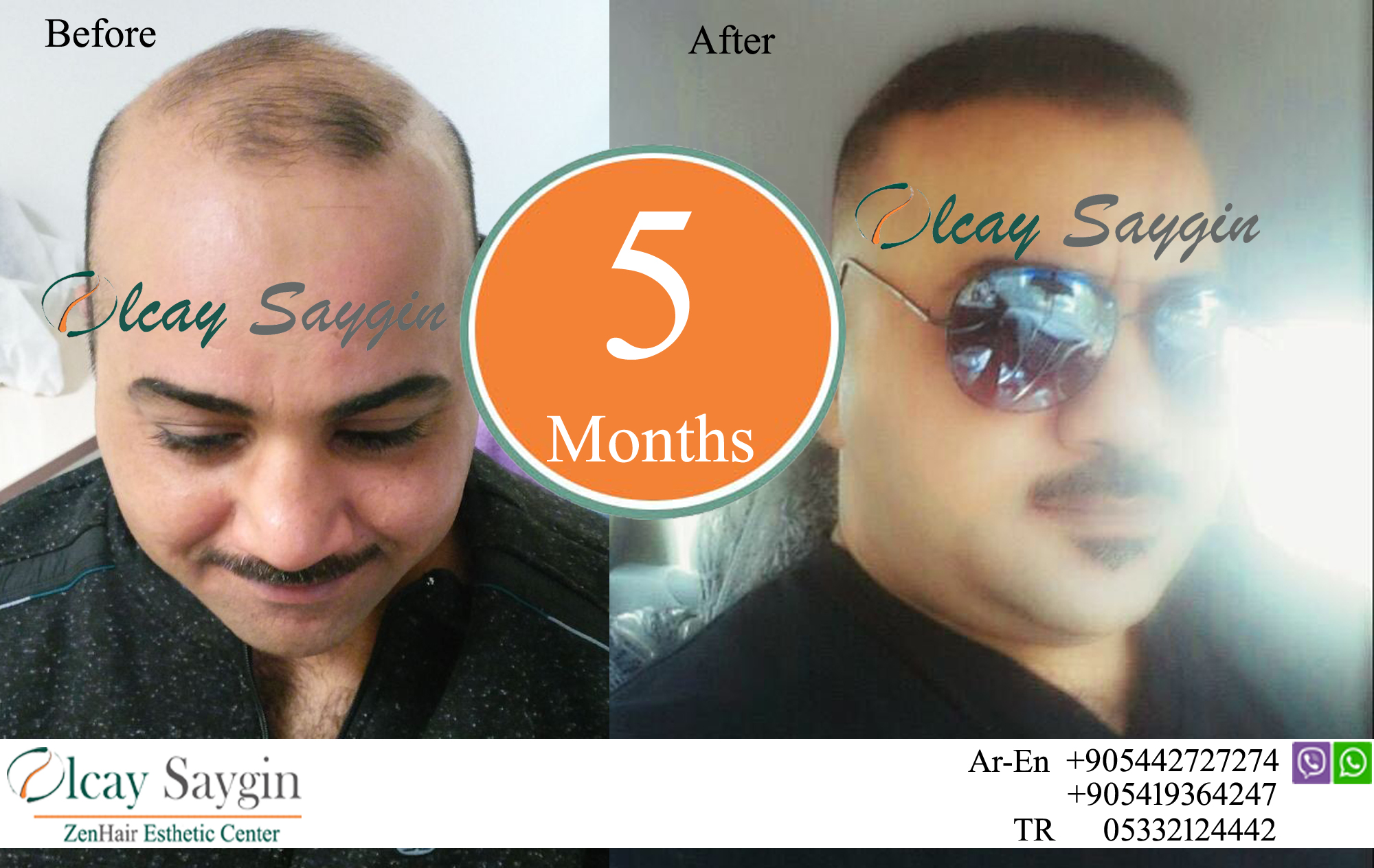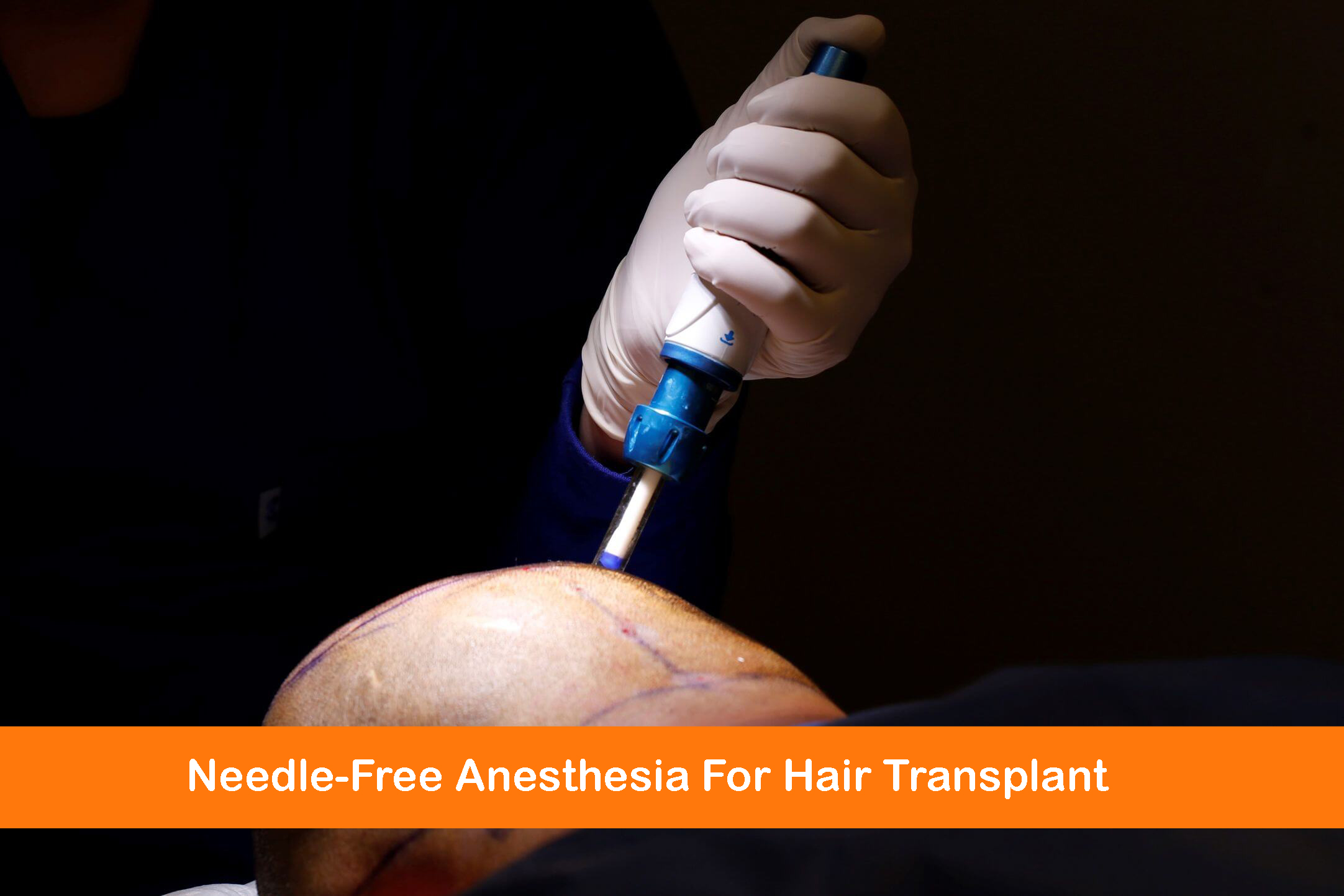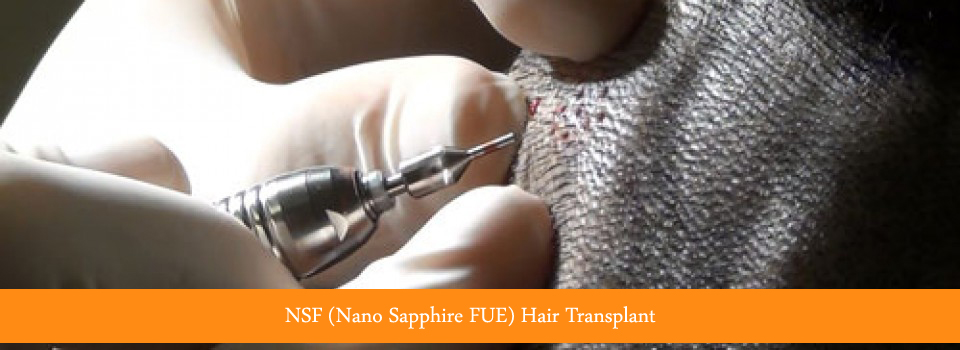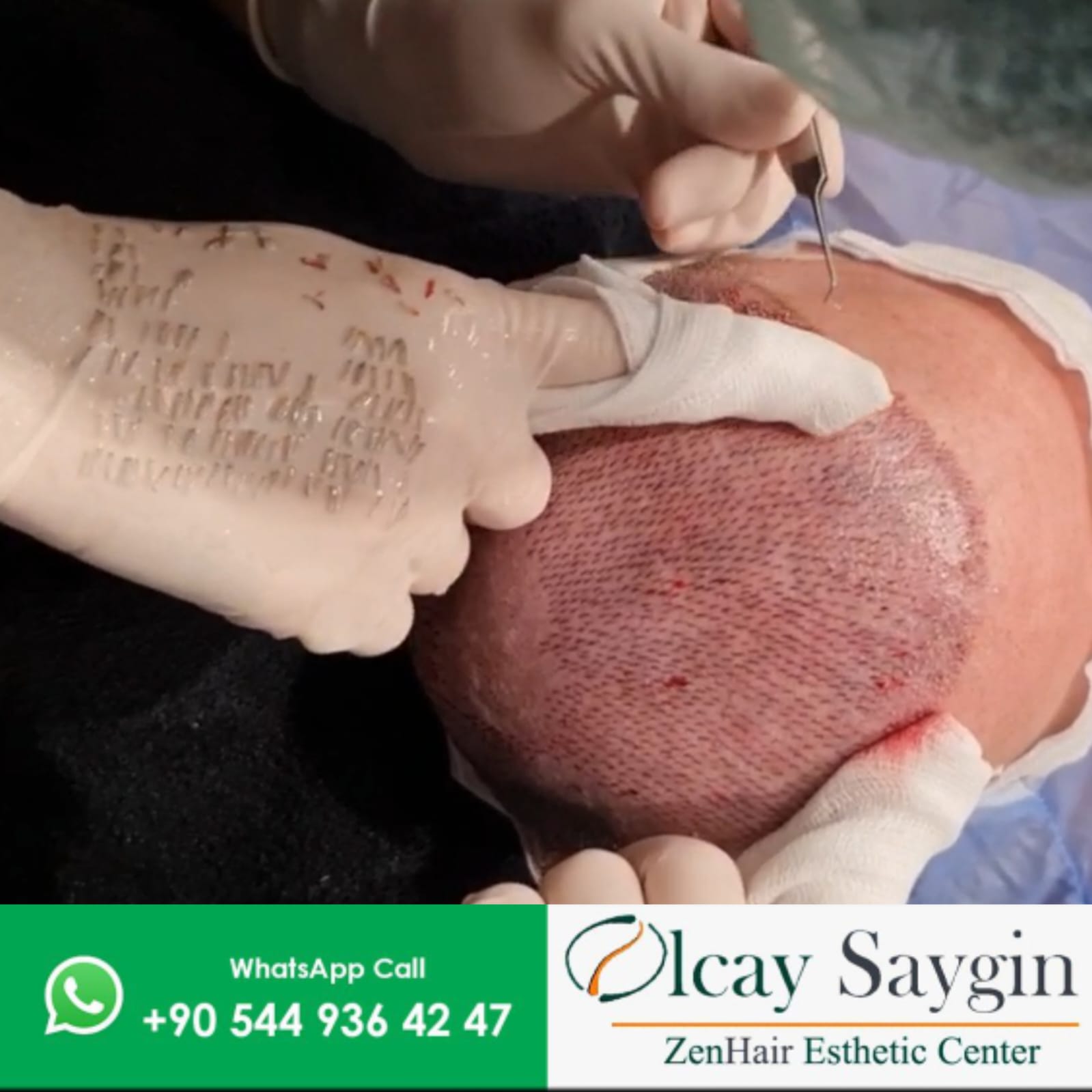The Different types of Hair Implantation Techniques.
As technology continues to advance, medical engineers are developing sophisticated techniques, tools and devices in the hair transplant industry to improve the old existing hair transplant techniques and tools and to adopt a new scientific approach to make hair transplant easier, safer and time-saving for the medical team and comfortability of the patients during and after the surgery.
FUT (Follicular hair transplant)
For the past 30 years before the emergence of FUE (Follicular Unit Extraction), hair transplant surgeons were using an old painful technique which is called FUT (follicular hair transplant). In the FUT technique, a strip of tissue with hair follicles is extracted from the back of the scalp and the incision is then sutured. Hair follicles are extracted from the strip of skin and implanted into the recipient areas by a skilled clinical team.

There are numerous disadvantages of the FUT technique compared to the other techniques. Some of the disadvantages include; the risk of scarring and a longer recovery period per treatment session. The FUT technique often leaves a linear scar at the area where the donor strip is excised. Furthermore, FUT treatments can result in stretching of the scalp which can exacerbate the appearance of the linear scar. The stitches used to close the excision will need to be in place for one to two weeks, and it is advisable patients avoid strenuous activity for a few days before the removal of the sutures. Also, the surgeons can extract only up to 1800-2000 hair grafts at most in one session. While sorting hair grafts from the strip, many roots can be damaged and lose their effectiveness during this process.
FUE (Follicular Unit Extraction)

In FUE, there is no excision but instead, a punch method using a special equipment is used to extract follicular units from the scalp and these extracted hairs are then implanted into the recipient areas. Hair follicles are removed in a randomly distributed manner which is unnoticeable after the donor area recovers. This is the main difference between FUE & FUT.
Some advantages of FUE are:- no scars can be found after two weeks of the procedure, and no unusual pains for patients who undergo this hair transplant surgery. FUE hair transplant is considered a suitable method to treat the cases of advanced hair loss because this technique allows surgeons to extract between 4000-4500 hair grafts during one session of surgery. This technique is one of the best techniques for hair transplantation because the doctor opens the hair channels in the receiving area with precision which allows him to determine the angle of natural hair tendency.
DHI (Direct Hair Implantation)
When did DHI (Direct Hair Implantation) hair transplant begin?

A Greek physician, Konstantinos Giutis began this technique. He founded DHI Medical Group in 1970 and moved to Palo Alto, California, USA. His medical group then spread to San Francisco and Beverly Hills, where it was known as Golden Creek. The group’s common goal was to solve hair loss problems in 1985, Gautis and his team were able to introduce one of the most revolutionary techniques of hair transplantation: the method of smelting the epidermis.
In 2001, the first conference of the International Society of Plastic Surgeons was held, during that conference, Dr. Gautis introduced his technique which holds the name of his medical group “DHI’ (direct hair transplantation) which is characterized by the careful handling of the scalp and the capacity to implant the maximum number of follicles without leaving visible scars into the skin layer, with less bleeding and also faster recovery time. Since then, this technique has been considered the newest and most famous method, taught at international medical schools.
How does the “DHI” technique work?
DHI (Direct Hair Implantation) is a type of FUE hair transplant technique and the main difference is how the hair is implanted at the recipient site. In an FUE hair transplant, the hair transplant surgeon makes incisions over the entire scalp and places the follicular units into these incisions. However, the DHI hair transplant technique requires the use of a patented tool to implant each hair, one at a time into the scalp without the need for any incisions. It is performed by using a special tool called “Choi implanter” it looks like a pen so it is also referred to as “Choi pen”. The grafts which are extracted through DHI are directly implanted into the recipient area without the manual opening of hair channels. This new technology assures the natural hairline from the front side of the head. Also, it gives a good density hair appearance.
Advantages of the DHI Technique
1-Getting a high rate of viable healthy follicles.
2-Reducing the time of the procedure (with a medical team experienced in Choi implanter pen technique) as creating the incisions and implanting the follicles are combined in one step. It also reduces trauma during follicles transfer and causes less damage in the blood supply to the implanted area.
3-No Scarring: the DHI tool ensures that hair extractions are well-distributed and so there is no scaring. This helps in faster recovery.
A DHI Direct Hair Implantation is a very safe procedure with low risk of infection and complications, and offers a very high rate (over 90%) of hair survival. DHI technique is the latest hair transplant method currently available and it helps in your hair restoration and your confidence permanently. DHI ensures strong and healthy placement of the grafts and there is an adequate survival rate of hair follicles. It also reduces bleeding drastically during the creation of the recipient area. DHI gives a good density of hair and natural-looking results. The tool controls the depth, angle, and direction of the implanted hair follicles so your new hairs grow exactly like your natural hair.
You contact our medical team on these numbers by Viber or Whatsapp:
00905449364247 – 00905332124442

